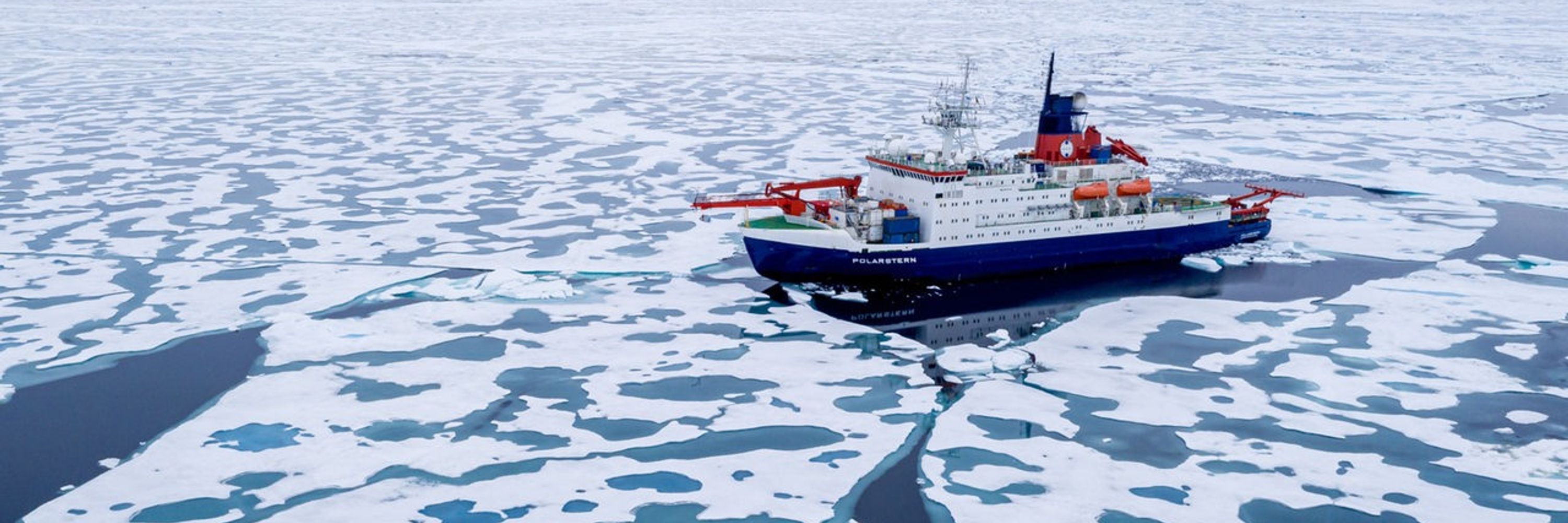Paleoclimate Dynamics
@paleodyn.bsky.social
97 followers
120 following
82 posts
We are the Paleoclimate Dynamics group from the Alfred Wegener Institute! Opinions are our own.
Posts
Media
Videos
Starter Packs
Reposted by Paleoclimate Dynamics
Reposted by Paleoclimate Dynamics
Reposted by Paleoclimate Dynamics
Reposted by Paleoclimate Dynamics














